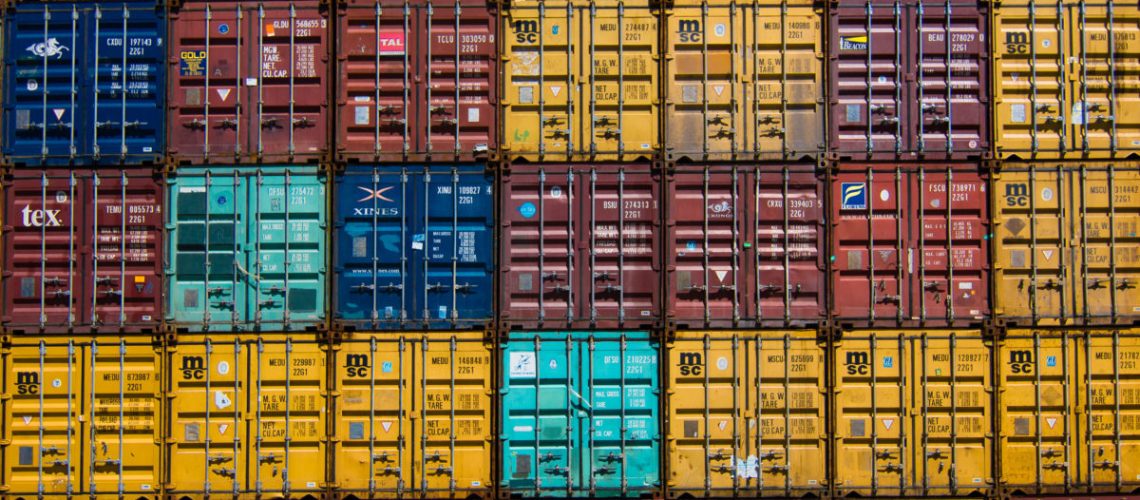Wood Mackenzie this week made a slew of predictions for the industry in 2022 and noted the effects the US’ recently announced anti-circumvention investigation is already having on utility scale plans.
May 26, 2022
Capital costs for 100 MWdc solar projects are set to rise 6% this year, according to one analyst.
US-owned Wood Mackenzie issued a note this week which also estimated China will add 75 GW of the 110 GW of new solar to arrive in the Asia-Pacific region in 2022.
The world will pass a terrawatt of solar generation capacity this year, the Edinburgh-based company added, and North America will see its share of the world’s new solar capacity double from the 11% recorded last year.
How much?
It was not clear from the note whether the project capital cost rise predicted would apply solely to the US.
The analyst said it had observed a “substantial amount of [solar] module volumes for utility scale projects” postponed after Californian manufacturer Auxin Solar in February lodged an anti-circumvention petition to the authorities.
Auxin has claimed Chinese companies are manufacturing products on home soil and only putting the final touches to them in Vietnam, Malaysia, Thailand, and Cambodia before labeling them as made in the latter-named nations to get around US anti-dumping and countervailing duties.
An anti-circumvention investigation is under way and Wood Mackenzie said the development is also prompting some manufacturers to shift “importer of record” responsibility onto panel buyers.
Germany will lead the European push for solar this decade, Wood Mackenzie predicted, because of a new governing coalition and the nation’s dependence on Russian gas.
Russia’s invasion of Ukraine means the Russia and Caspian Sea regions will add no new solar capacity this year, the analyst said.
Solar manufacturing
Rising solar costs will be partially offset by plans to add, this year, production lines sufficient to produce an extra 200,000 metric tons of polysilicon per year, plus 1 GW more cells, 1 GW more wafers, and 500 MW more modules.
The analyst noted moves by India this year to tax solar imports and bolster domestic production would also “shift the pricing and supply dynamics in the US and India.”



